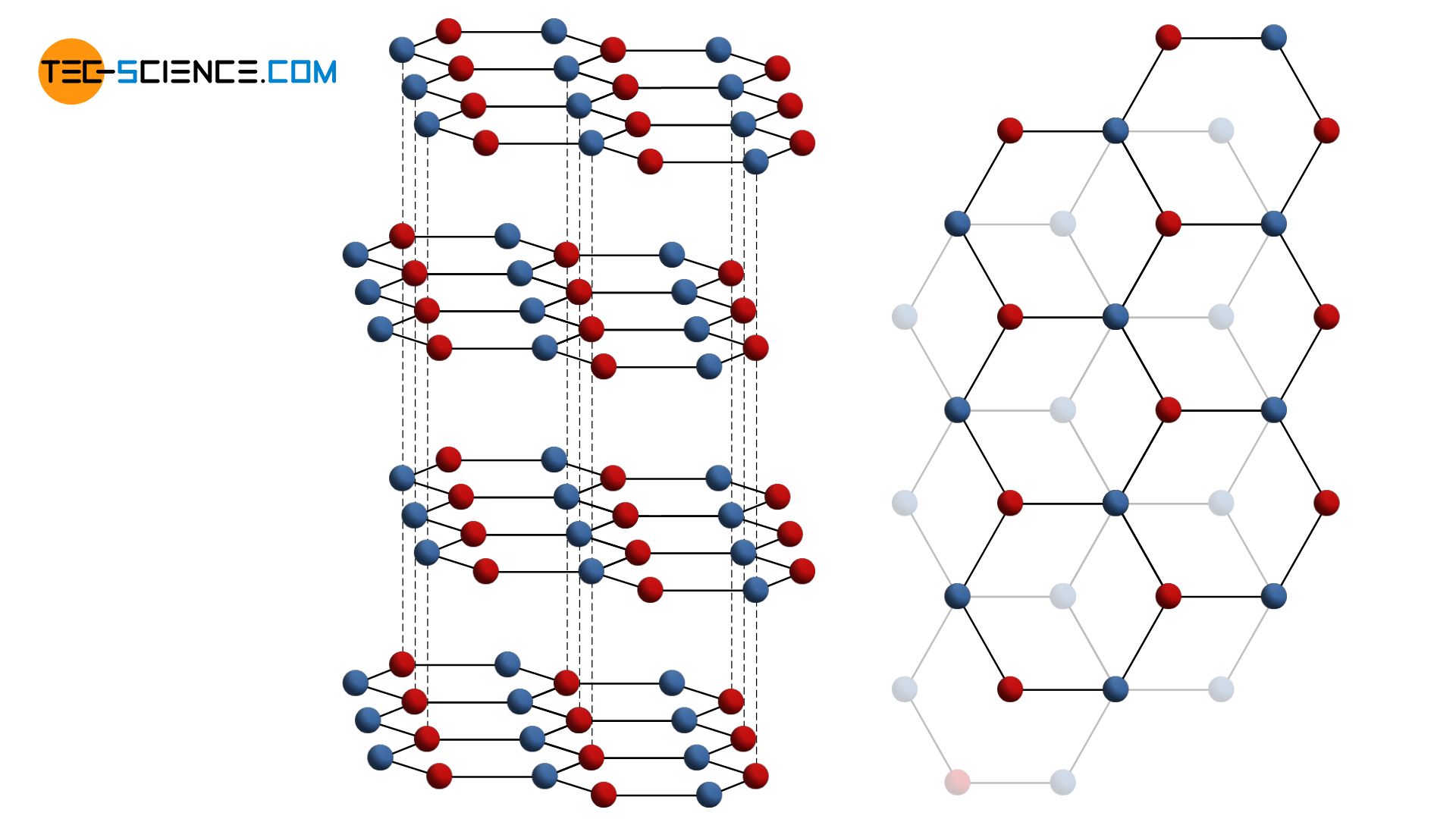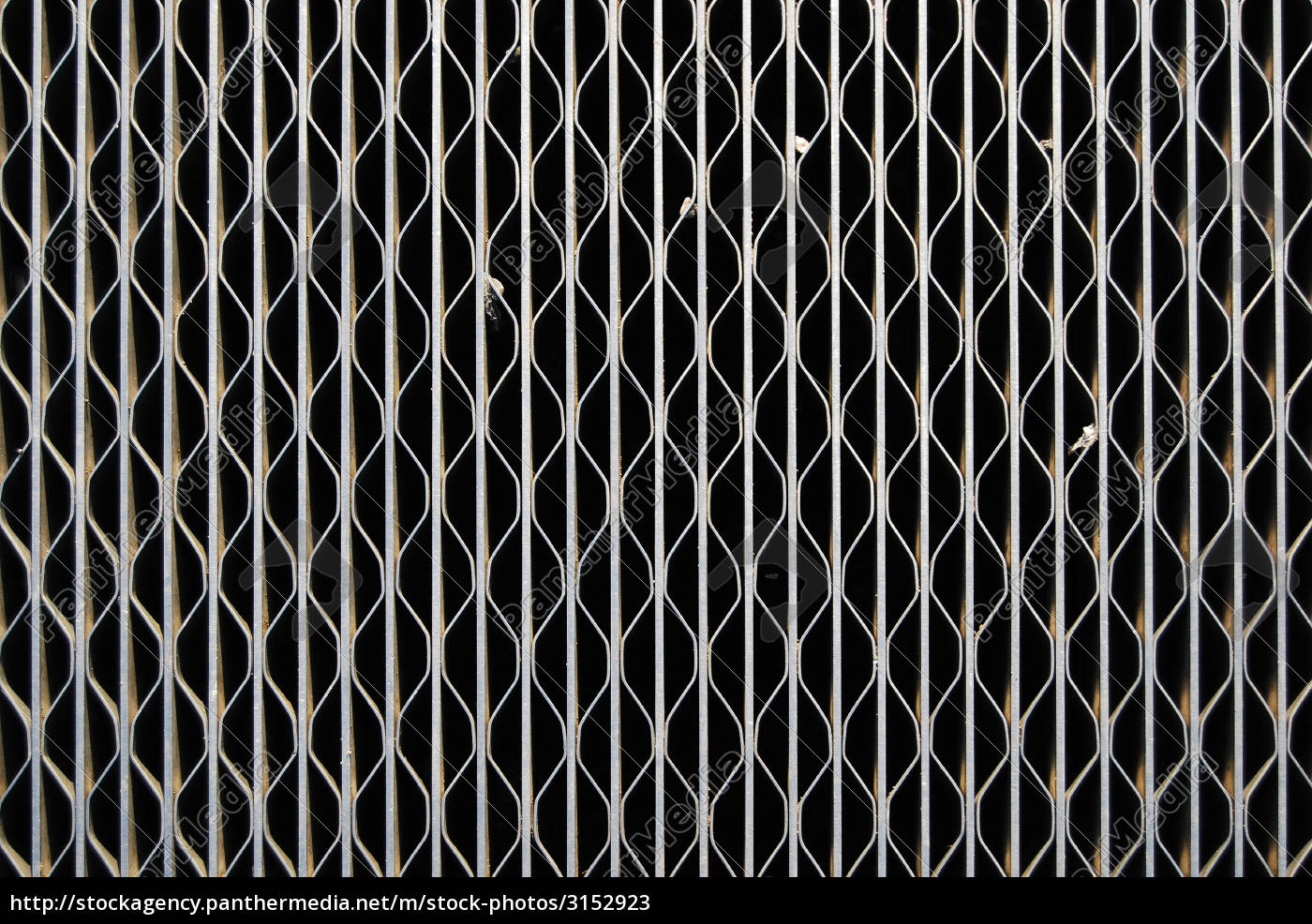

Ultimately, the word is of Mediterranean origin. As a proper noun, the Slovene form Grast was first attested in 1177. The Slovene common noun kras was first attested in the 18th century, and the adjective form kraški in the 16th century.

Languages preserving the older, non-metathesized form include Italian: Carso, German: Karst, and Albanian: karsti the lack of metathesis precludes borrowing from any of the South Slavic languages, specifically Slovene. In the local South Slavic languages, all variations of the word are derived from a Romanized Illyrian base (yielding Latin: carsus, Dalmatian: carsus), later metathesized from the reconstructed form * korsъ into forms such as Slovene: kras and Serbo-Croatian: krš, kras. The karst zone is at the northwesternmost section, described in early topographical research as a plateau between Italy and Slovenia. The range stretches from the northeastern corner of Italy above the city of Trieste, across the Balkan peninsula along the coast of the eastern Adriatic to Kosovo and North Macedonia, where the massif of the Šar Mountains begins. According to one interpretation, the term is derived from the German name for a number of geological, geomorphological, and hydrological features found within the range of the Dinaric Alps. The English word karst was borrowed from German Karst in the late 19th century, which entered German much earlier. Etymology Global distribution of major outcrops of carbonate rocks (mainly limestone, except evaporites) The study of paleokarst (buried karst in the stratigraphic column) is important in petroleum geology because as much as 50% of the world's hydrocarbon reserves are hosted in carbonate rock, and much of this is found in porous karst systems. In regions where the dissolved bedrock is covered (perhaps by debris) or confined by one or more superimposed non-soluble rock strata, distinctive karst features may occur only at subsurface levels and can be totally missing above ground. Subterranean drainage may limit surface water, with few to no rivers or lakes. It has also been documented for more weathering-resistant rocks, such as quartzite, given the right conditions. It is characterized by features like poljes above and drainage systems with sinkholes and caves underground. Karst is a topography formed from the dissolution of soluble carbonate rocks such as limestone, dolomite, and gypsum. Škocjan Caves, Slovenia Karst formation of the Serra de Tramuntana

Het is een geweldig cadeau voor je ouders, vrienden en meisjes op specail dagen.For other uses, see Karst (disambiguation). Het biedt je iPhone maximale bescherming terwijl je opvalt in een unieke en creatieve stijl.


 0 kommentar(er)
0 kommentar(er)
